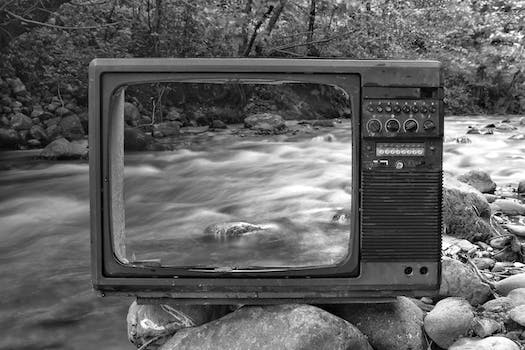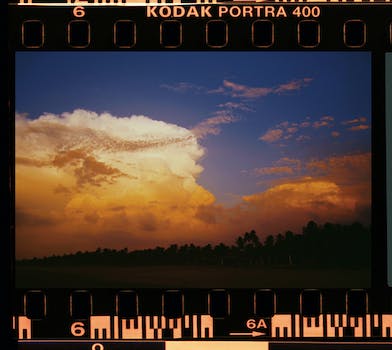Documentary films have come a long way since the early days of cinema. In fact, the genre has been around for over a century, and it’s evolved quite a bit since then. But let’s be real – who wants to read a dry and boring history of documentaries? Not me! So, let’s take a humorous look at the evolution of this genre.
The Early Days
Back in the early 1900s, documentaries were more like newsreels. They were short, black and white films that showed people doing everyday things. Think of it like a primitive form of Instagram stories. But hey, it was the best they could do with the technology back then.
Fast forward to the 1920s, and we start to see some real innovation in the documentary genre. Filmmakers like Robert Flaherty were creating longer, more complex films that told a story. Flaherty’s film Nanook of the North is considered one of the first feature-length documentaries.
The Golden Age
By the 1950s and 60s, documentaries were in their golden age. Filmmakers like D.A. Pennebaker and Frederick Wiseman were creating groundbreaking films that tackled everything from politics to pop culture. This was also the era of the propaganda film, with countries using documentaries to promote their ideologies.
One of the most famous documentaries of this era is Gimme Shelter, which chronicles the Rolling Stones’ disastrous 1969 concert at Altamont. It’s a fascinating look at a moment in time, and it’s still considered one of the best music documentaries ever made.
The Modern Era
Flash forward to today, and we’re in the midst of a documentary renaissance. Thanks to streaming services like Netflix and Hulu, documentaries are more popular than ever. And with the rise of true crime documentaries like Making a Murderer and The Keepers, they’re also more addictive than ever.
Some of the best documentary movies on Netflix include Amy, 13th, and What Happened, Miss Simone? These films tackle important issues like race, gender, and mental health, and they do it in a way that’s both entertaining and informative.
When it comes to documentary TV series, there are plenty of options as well. The Staircase and Evil Genius are both true crime series that will keep you on the edge of your seat. And if you’re in the mood for something a bit lighter, check out Chef’s Table or Abstract: The Art of Design.
Conclusion
The documentary genre has come a long way since its early days as a newsreel. Today, it’s a thriving genre that tackles important issues and tells fascinating stories. So, next time you’re scrolling through Netflix, give a documentary a chance. You might just learn something.





